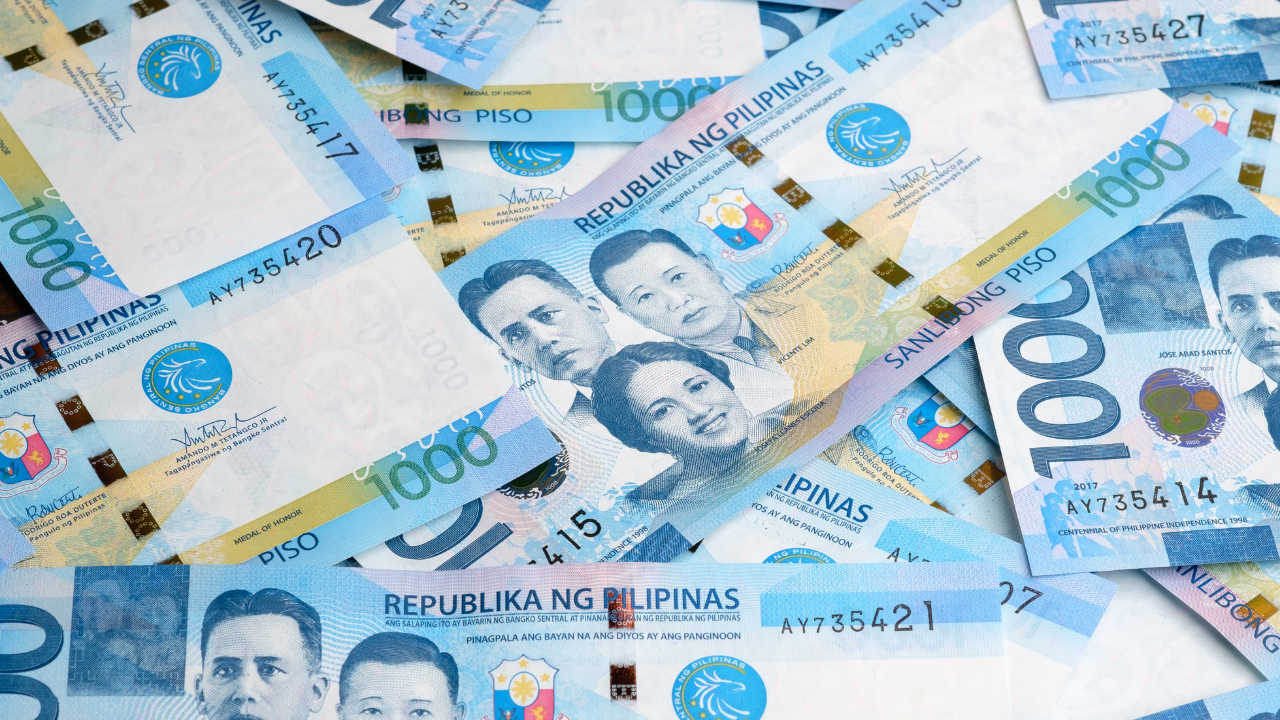
MANILA, Philippines—As the national government’s debt climbed to a new high of P12.03 trillion in January, repaying obligations that piled up amid the prolonged pandemic will require higher revenues through tax reform being proposed by President Rodrigo Duterte’s economic team to his successor.
Data released by the Bureau of the Treasury (BTr) on Friday (March 4) showed outstanding debt breaching the P12-trillion mark for the first time in January. The additional P301.1-billion debt from end-2021’s P11.73 trillion was a result of more local and foreign net borrowings at the start of the year, the Treasury said in a statement.
Domestic debt, which accounted for bulk or 69.6 percent of total, grew 2.4 percent month-on-month to P8.37 trillion after the Bangko Sentral ng Pilipinas (BSP) extended the P300-billion provisional advances to the BTr for budgetary support to the national government.
In all, a net of over P197 billion was borrowed locally in January, also taking into account the treasury bills and bonds that matured during the month. Year-on-year, domestic obligations climbed 14.2 percent from P7.33 trillion in January 2021.
Foreign debt increased 2.9 percent month-on-month to P3.66 trillion. The BTr partly blamed the higher external obligations to the weaker peso, which added P11.2 billion to the pile. But the BTr said P2.4 billion was subtracted by debt denominated in other foreign currencies which strengthened against the US dollar. The peso depreciated to P51.135 against the greenback in end-January, from P50.974:$1 last December.
The BTr added that the Philippines also borrowed a net of P94.9 billion from foreign creditors in January. This pushed external debt to jump 22 percent year-on-year from over P3 trillion in January 2021. The share of foreign debt to total was nonetheless a lower 30.4 percent, as the Philippines had been prioritizing local borrowings to not only temper forex risks but also take advantage of oozing liquidity in the domestic financial market.
A closer look at January debt data showed that it remained what the Duterte administration’s economic team had described as “manageable” and “sustainable” — obligations were mostly denominated in the local currency, plus the majority had long-term tenors or maturing in over 10 years.
BTr data showed that of the P12.03-trillion debt in January, P8.35-trillion worth or 69.4 percent were peso-denominated. By type of instrument, debt securities—like T-bills and bonds issued here and abroad—amounted to P10.06 trillion, while loans from bilateral development partners as well as multilateral banks accounted for the remaining P1.97 trillion.
In terms of maturity, long-term debt amounted to P7.93 trillion (67.6 percent of total); medium-term obligations maturing between one and 10 years reached P3.05 trillion (26 percent); and short-term debt that matures in less than a year amounted to P744.6 billion (6.3 percent).
The BTr had said that the government will borrow P2.2 trillion this year, of which three-fourths were to be raised from the domestic debt market.
This year’s borrowings will further hike the debt stock to a record P13.42 trillion by end-2022, from P11.73 trillion in 2021.
With expectations of 7 to 9 percent growth this year, the debt-to-gross domestic product (GDP) ratio was expected to slightly ease to 60.4 percent of GDP from the 16-year-high 60.5 percent last year. Among emerging markets like the Philippines, debt watchers deemed outstanding obligations remained manageable at 60 percent of GDP.
The Department of Finance (DOF) will come out with the fiscal consolidation package to repay and lower the country’s debt while narrowing the budget deficit, also at a record high, that was inflicted by larger expenses but weaker tax and non-tax revenues amid the prolonged pandemic.
The DOF’s chief economist Gil Beltran on Friday told the Inquirer that Finance Secretary Carlos Dominguez III, who heads Duterte’s economic team, will soon announce the proposed fiscal consolidation strategy. For Beltran, “there is a need for another tax reform to boost revenues.”
The Duterte administration these past six years undertook a comprehensive tax reform program which had a mix of new and higher taxes slapped on consumption while reducing personal and corporate income taxes, plus tax administration improvements.
Amid the COVID-19 pandemic which weakened revenues, the Philippines borrowed more, securing a total of $2 billion in low-interest loans from multilateral lenders last year to buy vaccines and booster shots, en route to vaccinating the majority of the population for free.
The government had also obtained concessional borrowings to implement programs and projects supportive of recovery from the pandemic-induced economies slump.
With a combination of high debt, wide budget deficit yet still recovering revenues, the fiscal consolidation proposal to be pitched to the next administration may include new or higher taxes, spending cuts on non-priority sectors, as well as economic growth drivers to spur larger revenue collections.
DOF data last Thursday (March 3) showed that while the share of 2021 expenditures to GDP hit a historic high of 24.1 percent, the revenue effort remained below pre-pandemic levels.
Beltran said the decline in total revenue-to-GDP was partly due to the implementation of the Corporate Recovery and Tax Incentives for Enterprises (CREATE) Act, which slashed big and small companies’ income tax rate so they could reinvest their savings while the economy recovers.
The CREATE Act cut to 20 percent, retroactive to July 2020, the corporate tax rate slapped on micro, small and medium enterprises (MSMEs), faster than the tax reduction among large firms to 25 percent from 30 percent previously, which had been the highest in Asean.
Beltran also pointed to the non-recurrent non-tax revenues last year, which dragged the revenue effort lower to 15.5 percent of GDP in 2021 from 15.9 percent in 2020 and 16.1 percent in 2019.
Last year’s non-tax revenues fell by almost a fourth to P65.8 billion even as the amount exceeded the target by nearly three-fifths after collections normalized unlike in 2020 when the national government squeezed more dividends from state-run corporations to fund COVID-19 response at the onset of the pandemic.

